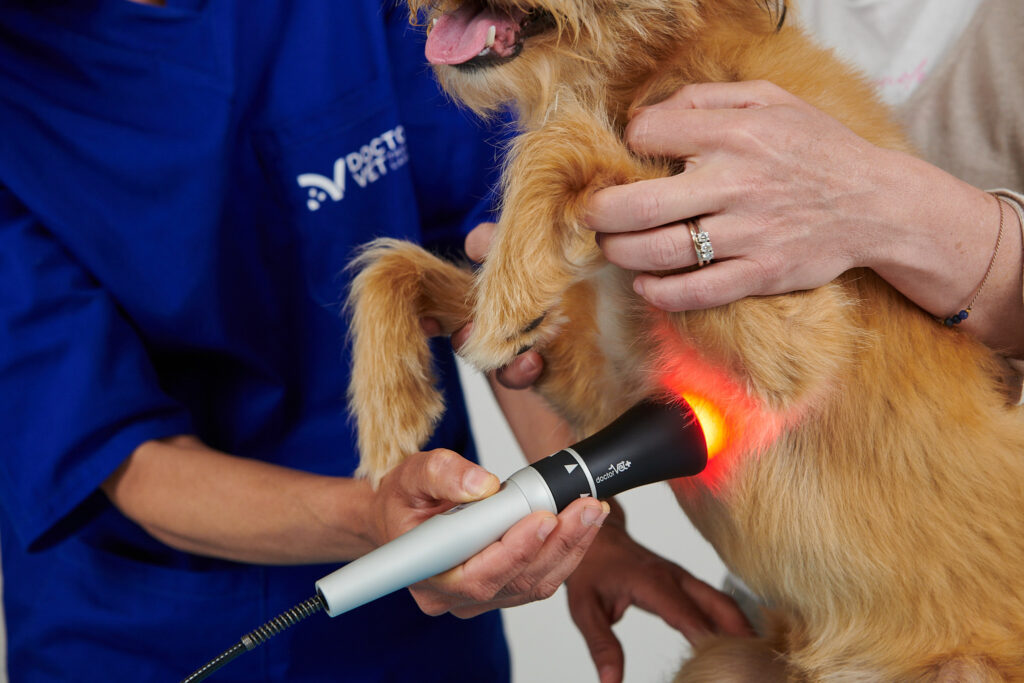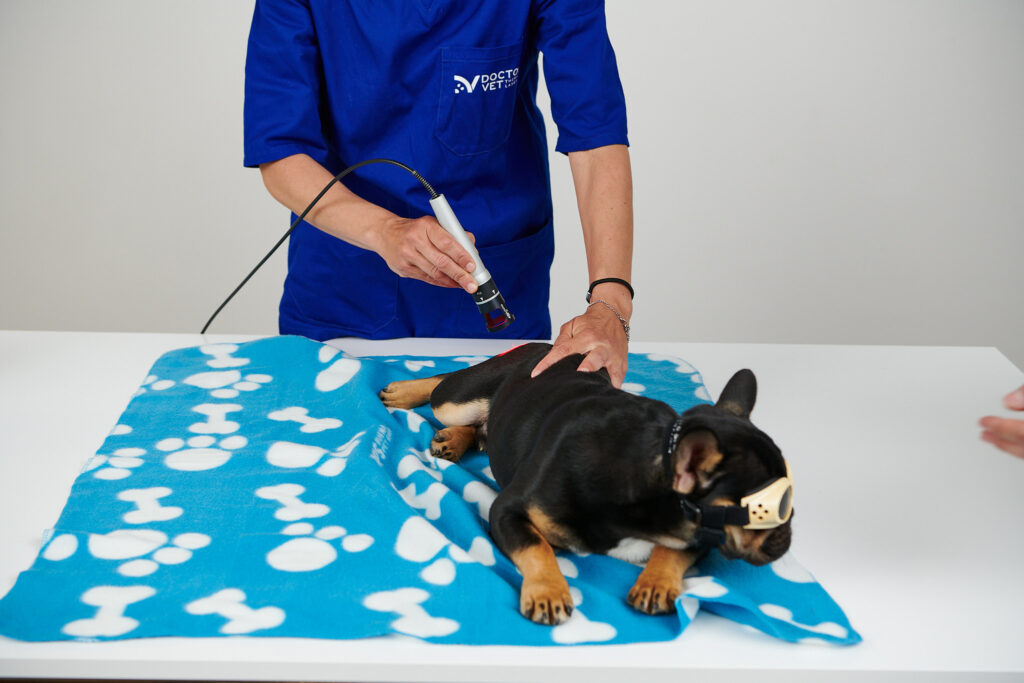A large number of surgical techniques can benefit from laser therapy, including the simplest to the most complex of such techniques in veterinary medicine. A few or just one laser therapy session are sometimes sufficient in simple surgeries, while more complex surgeries might need more than one laser therapy session.
The most common complications than can arise during surgery are oedema, pain, inflammation, infection and possible problems in the incision. All these issues lead to longer recovery times and a delayed return to normality for these patients.

Given that the basic effects of laser therapy are analgesia, inflammation control and its impact on the repair of various tissues1, it can help to prevent the possible complications that can arise from surgical operations.
Studies have already been conducted in human medicine that demonstrate the benefits of laser therapy for controlling pain after certain surgical operations. For example, the study by Dr. Karlekar et al.2 examined the effect of laser therapy on 100 patients (84 men and 14 women) who underwent a coronary bypass. They were treated immediately after extubation with up to three sessions if the patient needed it.
Of those 100 patients, only 40 needed a second laser therapy session and none of the patients included in the study needed a third session. Other studies demonstrate the benefits of post-surgical laser therapy after dental operations, demonstrating the analgesic effect and reduction of oedema during laser therapy3-6.
Numerous articles in veterinary medicine also demonstrate the benefits of laser therapy in surgical procedures, such as the study by Dr. Wardlaw et al.7 in which they investigated the beneficial effects of laser therapy on the incisions in dogs that underwent a hemilaminectomy. Another study, conducted by Dr. Rogatko et al.8, included 27 dogs (12 dogs in the group treated with laser therapy and 15 in the control group) that were going to undergo TPLO. They were given a single session of laser therapy before the surgery. Improved walking was subsequently observed in the group treated with laser therapy eight weeks after the surgery. Another supporting article is the one published by Dr. Draper et al.9 in which they observed the benefits of laser therapy through reduced recovery times after subjecting the patient to hemilaminectomy.

Seeing is believing!
Book a demo now to learn how DoctorVet works!
DoctorVet has protocols that can help the various objectives that may be set before, during and after surgery. We recommend the inflammation, general pain, surface and/or deep infection and incision protocols. Depending on the procedure in question, the various protocols can be combined and applied before, during or after the surgical procedure. Nonetheless, we recommend use of the Sweeper treatment head in non-contact mode during surgery. If the Sweeper treatment head is not available, we recommend using the Zoom treatment head.
Meanwhile, an assessment should be made of whether to use contact or non-contact mode before or after the surgery based on the condition of the patient. The treatment schedule will depend on the surgery given that a single session is sufficient for an ovariohysterectomy while an enterectomy might need more sessions following the surgery.

Via dell’Impresa, 1
36040 Brendola (VI)
VAT 02558810244
C.R. VI 240226
© Copyright 2016-2021 LAMBDA S.p.A. | Privacy Policy